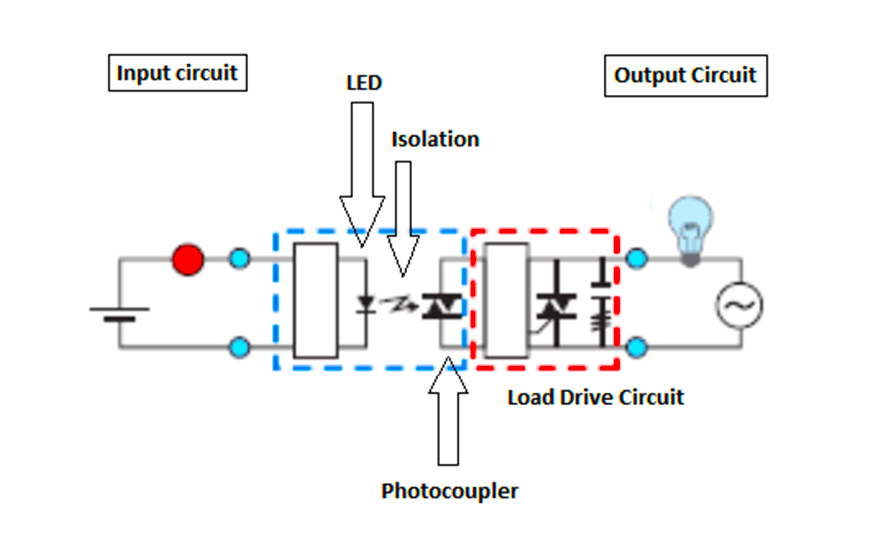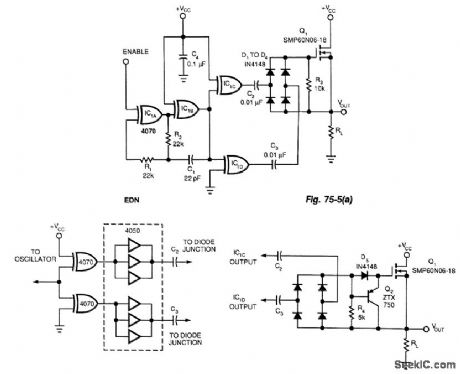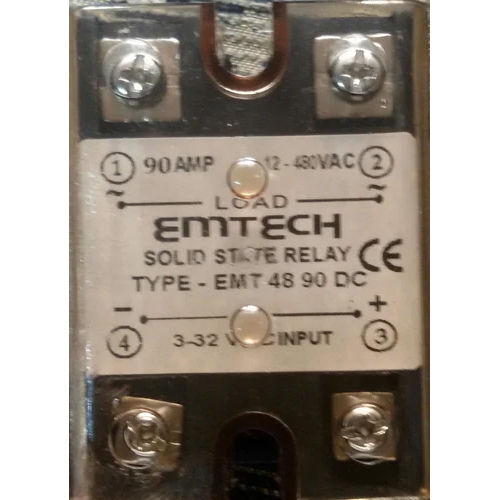Solid State Relay What is it and How does it Work Circuit Diagram The solid state relay (SSR) is a safe, versatile, and industrial applications, there is an increasing need for low voltage or low current circuits to switch high voltage or high current circuits. While electromechanical relays (EMRs) have their place, solid state relays (SSRs) are often preferred due to their small size, lower cost, high

Learn how solid state relays (SSRs) use phototransistors and other semiconductor devices to switch AC and DC loads with optical isolation. Compare SSRs with electromechanical relays and understand their advantages and drawbacks. The main features and advantages of solid state relays or SSRs are: SSRs can be built easily using a minimum number ordinary electronic parts; They work without any form of clicking sound due to the absence of mechanical contacts. Being solid state also means SSRs can switch at much faster speed than the traditional electro-mechanical types. What is a Solid State Relay? As the name implies, solid state relay (SSR) works on semiconductors. In contrast to an electromechanical relay which uses mechanical contacts to switch on or off a circuit, there are no mechanical contacts inside the solid state relay.. Switching is done swiftly through semiconductors like triac, transistor, diode, and thyristors.

state relay Circuit Diagram
Learn what a solid state relay (SSR) is, how it works, and how it differs from an electromechanical relay. Explore the various types of SSRs based on control signal, load type, switching characteristics, and output modulation.

Learn how solid state relays work, their advantages, and how to control them with DC or AC signals. See the circuit diagrams and examples of opto-isolators, SCRs, TRIACs, and transistors.

Basics, Working, Types and ... Circuit Diagram
There are two main types of relays: electromechanical relays and solid-state relays (SSR). Electromechanical relays are built with physical switches and electromagnets. While solid-state relays are built from solid state components, such as transistors, to perform the same function without any moving parts. Learn what a solid-state relay (SSR) is, how it works, and its features and types. Compare SSRs with mechanical relays and see examples of SSR circuits and applications.
